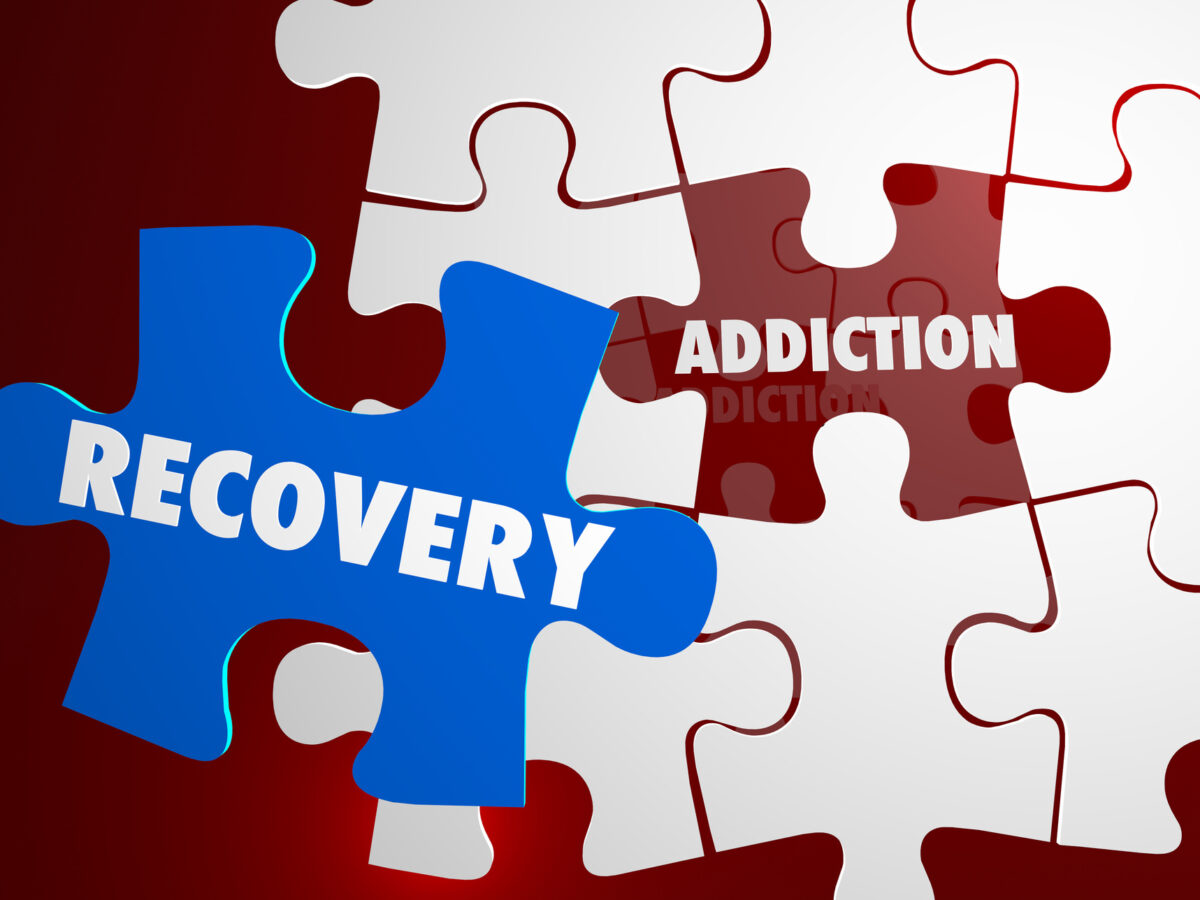Examine This Report on Drug-free Life
Examine This Report on Drug-free Life
Blog Article
Not known Factual Statements About Drug-free Life
Table of ContentsRumored Buzz on Drug-free LifeA Biased View of Drug-free LifeThe Greatest Guide To Drug-free LifeHow Drug-free Life can Save You Time, Stress, and Money.Excitement About Drug-free LifeNot known Facts About Drug-free Life
This post will explore various kinds of rehabilitation, degrees of dependency treatment, what to anticipate from therapy, and exactly how to discover the ideal dependency therapy program. There are different levels of dependency therapy. When needed to handle withdrawal from materials such as opioids, alcohol, and sedating drugs such as benzodiazepines, treatment starts with clinical cleansing.Upon completion of therapy, an aftercare plan will be devised that consists of regression avoidance tools and various other ways of post-treatment support. Determining the appropriate therapy plan is a vital part of recuperating from addiction. 1 One variable thought about in addiction therapy is the level of care a person might require or profit the most from.
Some Known Facts About Drug-free Life.
Risky use the substance. Medicinal phenomenon pertaining to the substance (i.e., material tolerance; compound withdrawal). As shown by the numerous prospective degrees of treatment described by the ASAM, dependency therapy is deemed an intricate process that involves lots of approaches of treatment and intervention. 8 Cleansing is commonly one of the very first restorative treatments utilized in the recovery procedure.
3 For alcohol and certain other materials, clinical detoxification might be essential to ensure safe physical recovery and can be potentially lifesaving in some instances. 3 Three necessary parts of several specialist detoxification programs consist of:3 First examination. Medical and psychosocial stablizing. Drug-Free Life. Promoting patient readiness for the next steps in dependency treatment.
8 Promoting patient preparedness entails assisting the individual prepare for follow-up treatment to attend to material use. 3 Concepts of best therapy methods recommend that detoxification facility team proactively connect individuals to continuous treatment to promote continual abstinence.
More About Drug-free Life
1 Locals might stay in an inpatient setup for the length assigned to them according to their therapy plan. 1 Once a client and assistance team concur that adequate treatment development is being made, people may in some cases drop down to a fairly much less intensive degree of care like outpatient treatment to continue their recovery.
Clients can live in your home or in other non-clinical setups outside of treatment hours, which might consist of several sessions a week and after that lower regularity as progression is made. 1 There are a number of types of outpatient programs, with varying level of strength of services and time commitment. Conventional outpatient solutions may include meeting with a private therapist, obtaining drug monitoring, or home taking part in group therapy.
Top Guidelines Of Drug-free Life
These homes are developed to support a sober way of living by offering a secure, secure atmosphere with no tolerance for substance usage. 13 A home of this kind is usually taken into consideration a transitional living check my source atmosphere as it connects the gap in between extensive treatment and the seclusion that can happen when formal solutions are no longer required.
14 Transitional homes might indicate having a roommate or housemates that additionally wish to reinforce their sobriety through the accountability the home society offers. Having the connections of others in the exact same neighborhood is an effective and usually crucial part of long-term recuperation. Locals of sober living homes may continue to check my source join therapy, teams, and medication monitoring in addition to participate in 12-Step meetings and various other supports in their community.
16 Link of this kind may be beneficial to decrease the threat of relapse. Assistance groups can give connections to community-based sources and provide a system of peer assistance at little to no cost - Drug-Free Life. 16 Some support system are females- or men-only or have a spiritual and religious focus. 17 Others may be non-religious and concentrate mainly on structure and supporting healthy life abilities.
The 4-Minute Rule for Drug-free Life

As soon as confessed right into the right treatment program, there are a few points to anticipate. Upon admission, an individual might initially join a first evaluation and intake prior to (or in agreement with) starting the medical detoxification process. During the consumption phase, a personalized treatment plan may be created to tailor to the patient's specific demands and educate the instructions of therapy.
To preserve the strides made during treatment, a period of recovery may be followed by an aftercare program that prepares the person for maintaining long-lasting healing. Consulting with an admissions navigator at American Addiction Centers (AAC) can be useful, giving detailed guidance while looking for treatment, from verifying insurance policy coverage to arranging traveling.
Drug-free Life for Dummies

Report this page